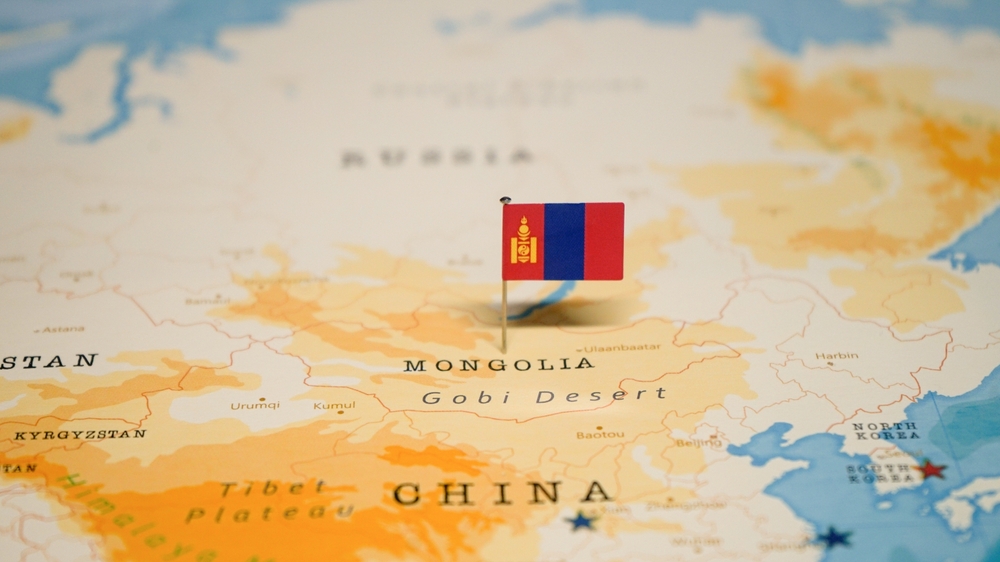Mongolia’s government and a coalition of partners signed a pioneering nature financing deal, marking a watershed moment in environmental protection. This historic agreement seeks to protect 35.6 million acres of the country’s pristine lands and rivers, including the world’s last vast swath of temperate grassland. The pact, known as “Eternal Mongolia,” combines a $71 million transition fund sponsored by worldwide donors with a $127 million government commitment over 15 years, making it one of Asia’s largest climate finance accords to date.
Climate change realities: the need for action in Mongolia
Mongolia is no stranger to the effects of climate change. With temperatures rising 2.25 degrees Celsius over the previous 80 years—more than anyplace else on the planet—the country is facing increasingly severe climate-related calamities, such as harsh winters, droughts, and dust storms. Minister Bat-Erdene Bat-Ulzii emphasized the urgency of the situation, stating, “We’ve just endured the worst dzud year yet, with millions of livestock lost and people’s livelihoods ruined.”
Project finance for permanence: A blueprint for global conservation
The Project Finance for Permanence (PFP) model, a pioneering strategy that connects policy changes and funding with environmental and social goals, is central to the Eternal Mongolia program. Ryan Bidwell of The Nature Conservancy (TNC) praised the deal for promoting conservation “at a national scale” while safeguarding the livelihoods of nomadic herders on Mongolia’s famous steppe.
Protecting the grasslands: Mongolia’s natural treasure
Mongolia’s grasslands are important carbon sinks, storing 14-15 million tonnes of carbon and providing habitat for a variety of wildlife, including argali sheep, gazelles, and the endangered Saiga antelope. Despite their ecological importance, these grasslands are in jeopardy. The Eternal Mongolia program tries to alleviate this by establishing biodiversity offsets, which use mining royalties to pay conservation programs.
Increasing conservation efforts worldwide
Looking ahead, the Eternal Mongolia program’s success could serve as a model for conservation efforts around the world. TNC and other Enduring Earth groups are paving the road for a more sustainable future by implementing comparable Project Finance for Permanence agreements in Kenya, Gabon, and elsewhere. As Bidwell stated, “We hope this will be the first of many.”
In a world facing unprecedented environmental challenges, Mongolia’s climate financing agreement provides a ray of optimism. Countries around the world can collaborate to conserve our planet for future generations by putting conservation and sustainable development first.











